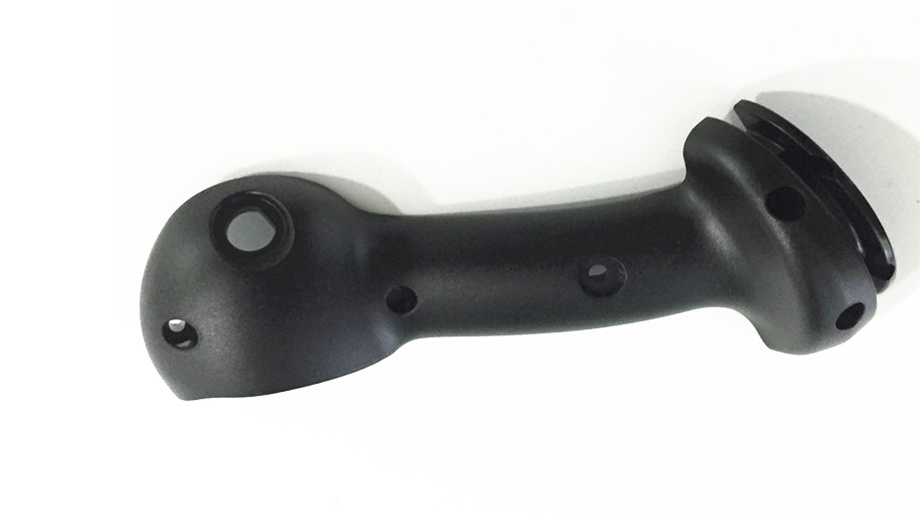Jet marks are a common issue in injection molding that can negatively impact the quality of the final product. These marks are characterized by a shiny, smooth surface with a wavy texture and are caused by the high-velocity injection of molten plastic into the mold. At JS Precision, we understand the importance of producing high-quality products, and we have extensive experience in identifying and addressing the root causes of jet marks in injection molding. In this article, we will explore the various factors that contribute to the formation of jet marks and provide solutions to prevent them from occurring.

What are Jet Marks?
Jet marks are cosmetic defects that can occur in injection-molded parts due to the high-velocity injection of molten plastic into the mold. They are characterized by a smooth, shiny surface with a wavy texture and are typically located near the gate or injection point of the part. Jet marks are caused by the molten plastic hitting the mold surface with such force that it creates a depression in the surface, resulting in a shiny, smooth area with a wavy texture. Jet marks can occur in any type of injection-molded part, and their severity can range from minor surface imperfections to more significant defects that affect the structural integrity of the part.
Causes of Jet Marks
Several factors can contribute to the formation of jet marks, including:
Injection Speed
One of the primary factors that contribute to the formation of jet marks is injection speed. When the injection speed is too high, the molten plastic hits the mold surface with too much force, creating depressions that result in jet marks. Reducing the injection speed can help to prevent jet marks from forming.

Mold Temperature
Mold temperature is another factor that can contribute to the formation of jet marks. When the mold temperature is too low, the molten plastic cools too quickly, resulting in a higher viscosity that can lead to jet marks. Increasing the mold temperature can help to prevent jet marks from forming.
Gate Design
The gate design can also contribute to the formation of jet marks. When the gate design is too small, the molten plastic is forced through a narrow opening, resulting in a higher velocity that can lead to jet marks. Increasing the gate size or changing the gate design can help to prevent jet marks from forming.
Material Flow
The flow of the molten plastic through the mold can also contribute to the formation of jet marks. When the material flow is restricted, the molten plastic can hit the mold surface with too much force, resulting in jet marks. Optimizing the material flow through the mold can help to prevent jet marks from forming.
Preventing Jet Marks
Preventing jet marks requires a combination of process optimization and mold design. Some of the steps that can be taken to prevent jet marks include:
Optimizing Injection Speed
Reducing the injection speed can help to prevent jet marks from forming. The injection speed should be adjusted based on the specific material being used and the design of the mold.
Increasing Mold Temperature
Increasing the mold temperature can help to prevent jet marks from forming. The mold temperature should be adjusted based on the specific material being used and the design of the mold.
Optimizing Gate Design
Optimizing the gate design can help to prevent jet marks from forming. The gate size and design should be adjusted based on the specific material being used and the design of the mold.
Optimizing Material Flow
Optimizing the material flow through the mold can help to prevent jet marks from forming. The mold should be designed to allow for a smooth, unrestricted flow of molten plastic through the mold.
Conclusion
Jet marks are a common issue in injection molding that can negatively impact the quality of the final product. At JS Precision, we have extensive experience in identifying and addressing the root causes of jet marks in injection molding. By optimizing the injection speed, mold temperature, gate design, and material flow, we can help to prevent jet marks from forming and produce high-quality injection-molded parts. Contact us today to learn more about our injection molding services.
